Your law firm’s website should do more than look good—it should convert visitors into clients.
Too many firms invest in a beautiful website, only to wonder why the phone isn’t ringing. The truth? Good design means nothing without strategy. If your site isn’t built to guide users to take action, you’re losing leads daily.
Here’s a breakdown of the key elements every high-converting law firm website needs—and how to make sure yours is working as hard as you do.
1. Clear, Compelling Hero Section
Your homepage hero is the first thing visitors see. You have 3–5 seconds to make an impression—use it wisely.
Must-haves:
- A clear headline stating who you help and what you do (e.g., “Trusted Personal Injury Lawyers Serving Atlanta”)
- A subheadline that reinforces trust or value (e.g., “Over $50M recovered for injured clients”)
- A bold call-to-action (CTA), like “Schedule Your Free Consultation”
- A high-quality image of your attorneys or office—not generic stock photos
2. Sticky, Easy-to-Access Contact Options
If visitors can’t contact you quickly, they won’t. A high-converting site makes it frictionless to reach out.
What to include:
- A sticky header with your phone number and CTA
- Click-to-call functionality on mobile
- A simple contact form on every page
- Live chat or chatbot (bonus: 24/7 response coverage)
3. Clear Navigation & Site Structure
Don’t make users hunt for answers. A streamlined menu helps users find what they need fast—and Google loves it too.
Tips:
- Keep your main menu to 5–7 items
- Use dropdowns for practice areas and attorney bios
- Include an easy-to-find “Contact” and “About” page
- Use breadcrumbs on inner pages to improve navigation
4. Dedicated Practice Area Pages
Instead of one general “Services” page, build individual pages for each practice area—optimized for both SEO and conversions.
Each page should include:
- A clear overview of the practice area
- Relevant FAQs or client concerns
- Case results or success stories
- Testimonials from similar clients
- A CTA at the top, middle, and bottom
5. Trust Signals Throughout the Site
Legal services are high-stakes—clients need to trust you before reaching out. Trust signals remove doubt and build confidence.
What to show:
- Reviews and testimonials (with real names, if possible)
- Case results or settlements
- Legal awards, badges, and certifications (e.g., Super Lawyers, Avvo)
- Years in practice, number of cases handled
- Press mentions or associations
6. Attorney Bio Pages That Feel Human
Clients don’t just hire firms—they hire people. Make your attorney bios relatable, not robotic.
Each bio should include:
- A professional photo (ideally warm and approachable)
- Credentials, education, and experience
- A short, personal backstory or quote
- A direct contact option or CTA
7. Fast Load Times & Mobile Optimization
Speed and mobile-friendliness are no longer optional—they’re ranking factors and major trust indicators.
Optimize for:
- Load speed under 3 seconds
- Mobile-first design
- Responsive elements and buttons
- Core Web Vitals (run a test on Google PageSpeed Insights)
8. Strategic Calls to Action (CTAs)
Your site should guide users to one goal: reach out. CTAs should be everywhere—but never pushy.
Examples:
- “Schedule a Free Consultation”
- “Speak With an Attorney Today”
- “Get Legal Help Now”
- Use buttons, form prompts, and in-line text CTAs
Place them:
- At the top of every page
- After testimonials
- At the end of service pages and blog posts
9. Helpful, Search-Optimized Content
A blog or resource section builds trust, drives traffic, and improves SEO—but only if it’s useful.
Content that converts:
- FAQs for each practice area
- Step-by-step guides (e.g., “What to Do After a Car Accident”)
- Local legal updates
- Client-focused blog posts that answer real questions
10. Analytics & Conversion Tracking
You can’t improve what you don’t measure. A high-converting website should be tracked like a sales funnel.
Track:
- Phone calls (use call tracking software)
- Form submissions
- Live chat initiations
- Page visits and bounce rates
- Conversion rates by traffic source
Final Thoughts
A high-converting law firm website isn’t just about good looks—it’s about strategy, clarity, and trust. When all the right elements work together, your website becomes your best lead generator.
Want to know how your current site stacks up?
We build and optimize law firm websites that don’t just look good—they convert. Book a free website audit, and we’ll show you exactly where your site is helping (or hurting) your bottom line.

